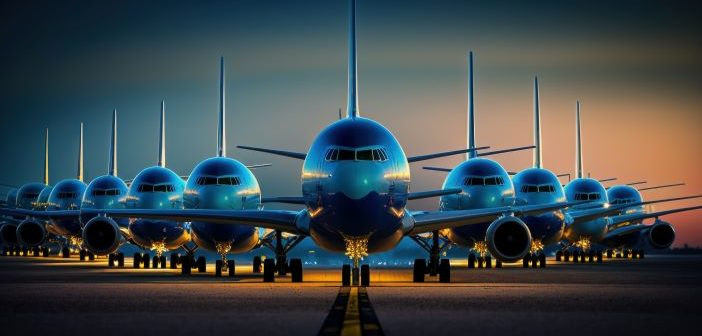World Cup 2026 Qualifying Draw: A Comprehensive Overview
The highly anticipated draw for the UEFA qualifying groups of the 2026 World Cup has concluded in Zurich, Switzerland, revealing the path ahead for European teams aiming to secure a spot in the 48-team tournament. The event, hosted by FIFA, saw the participation of renowned football figures and officials, adding to the excitement and anticipation surrounding this pivotal moment in the qualification process.
UEFA Qualifying Groups: A Breakdown
The draw resulted in 12 qualifying groups—six groups containing five teams, and six groups containing four teams. The competition will unfold across five international breaks: 21-25 March, 6-10 June, 4-9 September, 9-14 October, and 13-18 November 2025. Only the group winners will earn automatic qualification, while runners-up, along with the four best-performing teams from the Nations League, will fight for the remaining four European spots in the play-offs during March 2026.
The draw presented some intriguing matchups and potential challenges for several prominent teams. The presence of teams from the Nations League quarter-finals added a layer of complexity, as the outcome of those matches would determine the final composition of certain groups. For example, the winner of the Germany vs. Italy match was assigned to Group A, while the loser ended up in Group I.
England's Path to 2026
Under the helm of new manager, Thomas Tuchel, England found themselves in Group K, alongside Serbia, Albania, Latvia, and Andorra. This draw has been met with mixed reactions. Some believe England's group is relatively straightforward, while others caution against underestimating the potential challenges that Serbia and Albania could pose. Thomas Tuchel will be hoping to lead England to qualification after their disappointing Euro 2024 campaign.
Scotland's Group C
Scotland's road to qualification appears considerably more challenging. Group C includes the loser of the Portugal vs. Denmark Nations League quarter-final, along with Greece and Belarus. This scenario could pit them against either Portugal or Denmark, setting the stage for a highly competitive group phase. In contrast to the relative optimism surrounding some other teams' groups, the Scottish Football Association and fans alike may be viewing this as an uphill battle.
Wales's Group J
Wales, managed by Craig Bellamy, face a daunting task in Group J. They have been drawn with Belgium, North Macedonia, Kazakhstan, and Liechtenstein. Belgium's presence elevates the difficulty of the group significantly, but the remaining three opponents still present several tough tests for a Wales squad aiming to reach the World Cup. Manager Craig Bellamy will be devising strategies to navigate this intense competition.
Northern Ireland's Group A
Northern Ireland have found themselves drawn in Group A with the winner of the Germany vs. Italy Nations League quarter-final, Slovakia, and Luxembourg. The outcome of that Nations League quarter-final will obviously greatly determine the difficulty of this group. Either way, this group will undoubtedly demand strong performances from Northern Ireland to secure qualification.
Republic of Ireland's Group F
The Republic of Ireland will compete in Group F with the winner of Portugal vs. Denmark's Nations League quarter-final, along with Hungary and Armenia. The addition of the Portugal or Denmark adds a significant challenge, as either side would present a formidable obstacle in the qualifying journey. This group is a test of resilience and skill.
The Road Ahead: A Challenging Journey
The qualifying campaign promises to be a thrilling spectacle, with several teams facing significant challenges in their respective groups. The varied composition of the groups – some with five teams and some with four – makes for an engaging and potentially unpredictable tournament. The Nations League quarter-finals will play a crucial role in defining the dynamics of certain groups, introducing an additional layer of excitement and intrigue.
The next few months will be crucial as teams prepare for the international breaks and embark on this highly competitive campaign. The 2026 World Cup promises to be a momentous event, and this draw sets the stage for a series of compelling qualifying matches.
The journey to the 2026 World Cup promises to be a tough and exciting one for all teams involved. We await with bated breath to see which nations will ultimately triumph to represent Europe on the world stage. The matches will test the mettle of every player and coach, ensuring a display of exhilarating football action. This World Cup promises to be one for the ages.


















